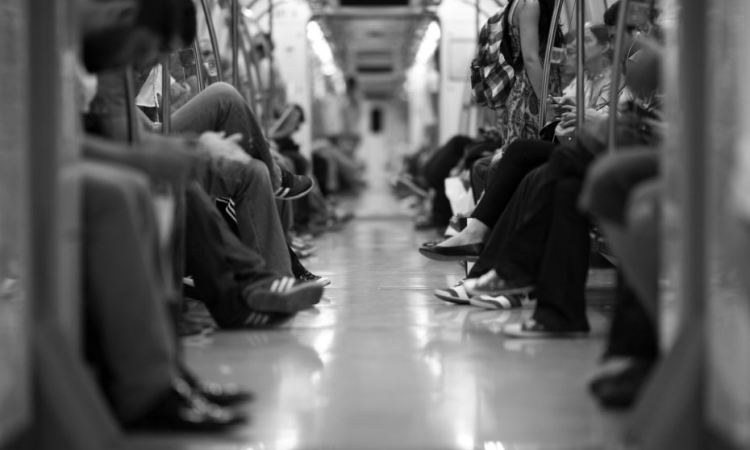An analysis of the sex of those persons reported to have been investigated or arrested, prosecuted, and/or convicted of trafficking in persons shows that the majority of traffickers continue to be males. In line with previous years, in 2016 just over 35 per cent of those prosecuted for trafficking in persons were females. The share is similar for those coming into first contact with the police (usually by being investigated or arrested for trafficking) and larger for those who are convicted.
Shares of persons investigated or arrested for trafficking in persons, by sex, 2016 (or most recent)

Shares of persons prosecuted for trafficking in persons, by sex, 2016 (or most recent)
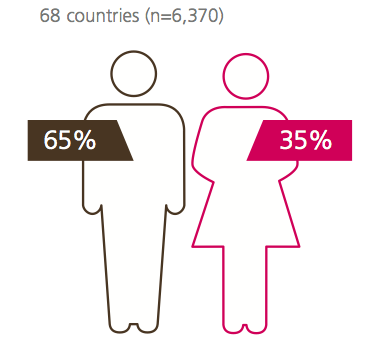
The data on the profile of the victims also confirm regional differences that are in line with prior years. The subregion of Eastern Europe and Central Asia continues to convict more females of trafficking in persons than males, and similar patterns are recorded in Central America and the Caribbean. In East Asia and the Pacific, females accounted for about half of all convicted trafficking offenders.
Countries in Western and Central Europe report small shares of women offenders, just above 20 per cent. Countries in the Americas as well as in Africa and the Middle East generally reported that women comprised a little more than one third of those convicted of trafficking in persons.
The differences in the sex profile of people convicted may reflect different approaches of the criminal justice systems in different regions.
Shares of persons convicted of trafficking in persons, by sex, 2016 (or most recent)
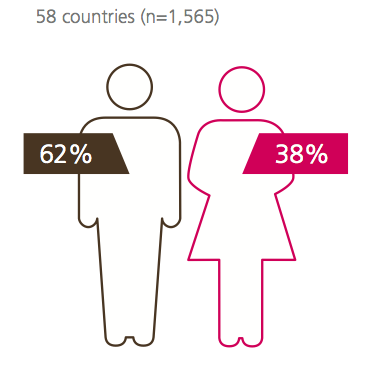
Share of persons convicted of trafficking in persons, by sex and subregion, 2016 (or most recent)
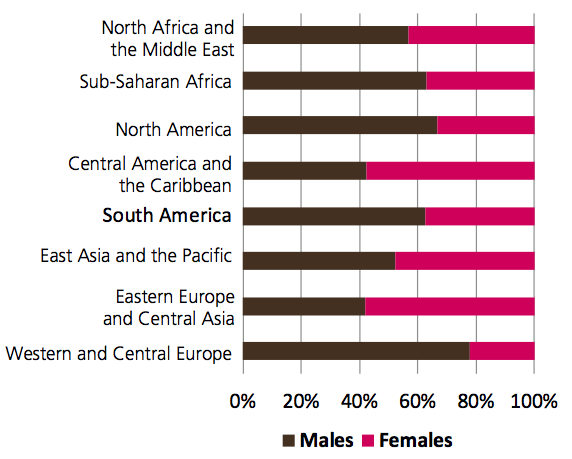
As a matter of capacity, developing countries may be able to convict only the lower ranks of the trafficking network, resulting in the conviction of those who normally control or recruit the victims, the so-called ‘madams’ in some context of sexual exploitation.
Share of persons investigated or arrested for trafficking in persons in typical countries of origin, by sex, 2016 (or most recent)
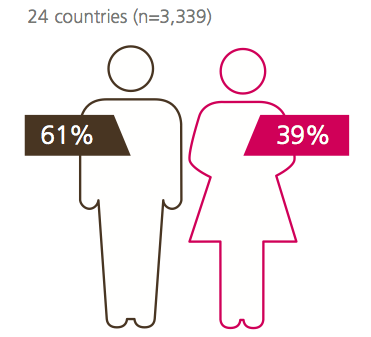
Share of persons investigated or arrested for trafficking in persons in typical countries of destination, by sex, 2016 (or most recent)
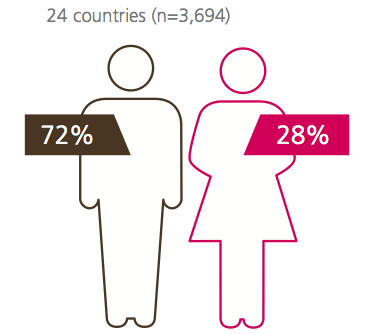
Share of persons prosecuted for trafficking in persons in typical countries of origin, by sex, 2016 (or more recent)
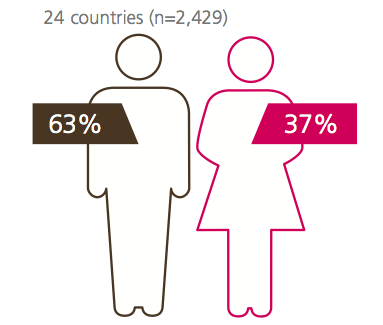
Share of persons prosecuted for trafficking in persons in typical countries of destination, by sex, 2016 (or most recent)
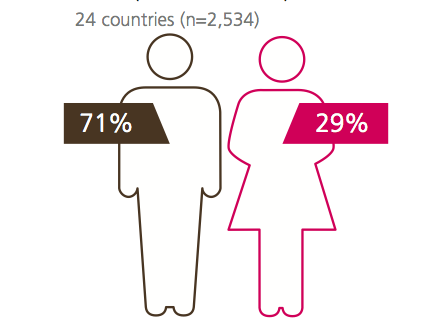
At the same time, these numbers may reflect different roles women have in the trafficking process and the geography connected to these roles.
Qualitative studies show women traffickers are particularly active in the recruitment phase of human trafficking. This could explain the significant difference in the sex profiles of perpetrators in origin and destination countries7 reflected at all stages of criminal proceedings.
Shares of persons convicted of trafficking in persons in typical countries of origin, by sex, 2016 (or most recent)
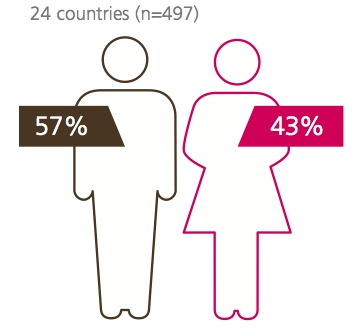
Share of persons convicted of trafficking in persons in typical countries of destination, by sex, 2016 (or most recent)
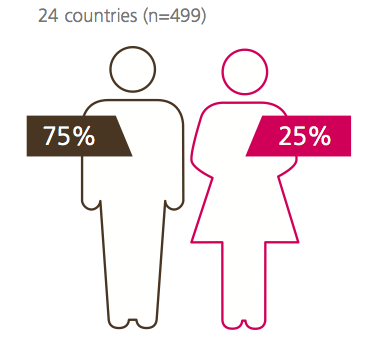
The clear majority of traffickers convicted in 2016, were citizens of the country where they were convicted. Foreign traffickers accounted for about one third of those convicted. Most of the foreign offenders were citizens of countries within the same region as the country of conviction.
Shares of national and foreign citizens among convicted traffickers (relative to the country of conviction), 2016 (or most recent)

Shares of national and foreign citizens (relative to the convicting country) among convicted traffickers, by country of origin and destination, 2016 (or most recent)
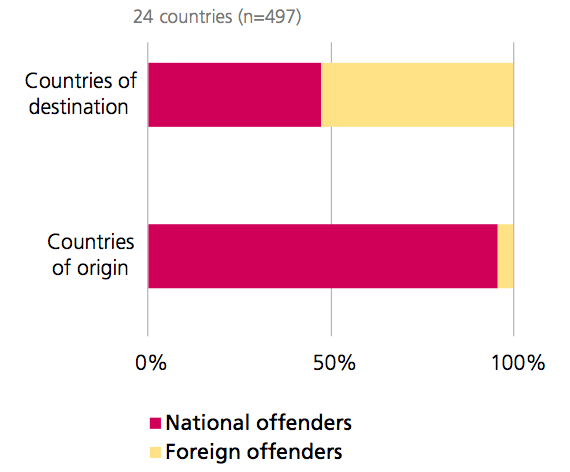
For the year 2016, in all other subregions where data were available (the data for North America and South Asia were too weak to include these subregions in the analysis), citizens of the country of conviction comprised the vast majority of convicted offenders, with shares in excess of 70 per cent. Exceptions to these general patterns were the countries in Western and Southern Europe, and the countries in the Middle East.
The larger participation of foreign traffickers in the countries of the Middle East and in Western and Southern Europe can be explained by the fact these are mainly destination areas for cross border trafficking.
Shares of traffickers convicted in their country of citizenship, by subregion, 2016 (or most recent)

Typical countries of origin generally convict few foreigners of trafficking in persons. On the contrary, countries of destination tend to record larger shares of convictions of foreign.
IMAGE CREDIT: Alliance for Freedom Restorationa and Justice
